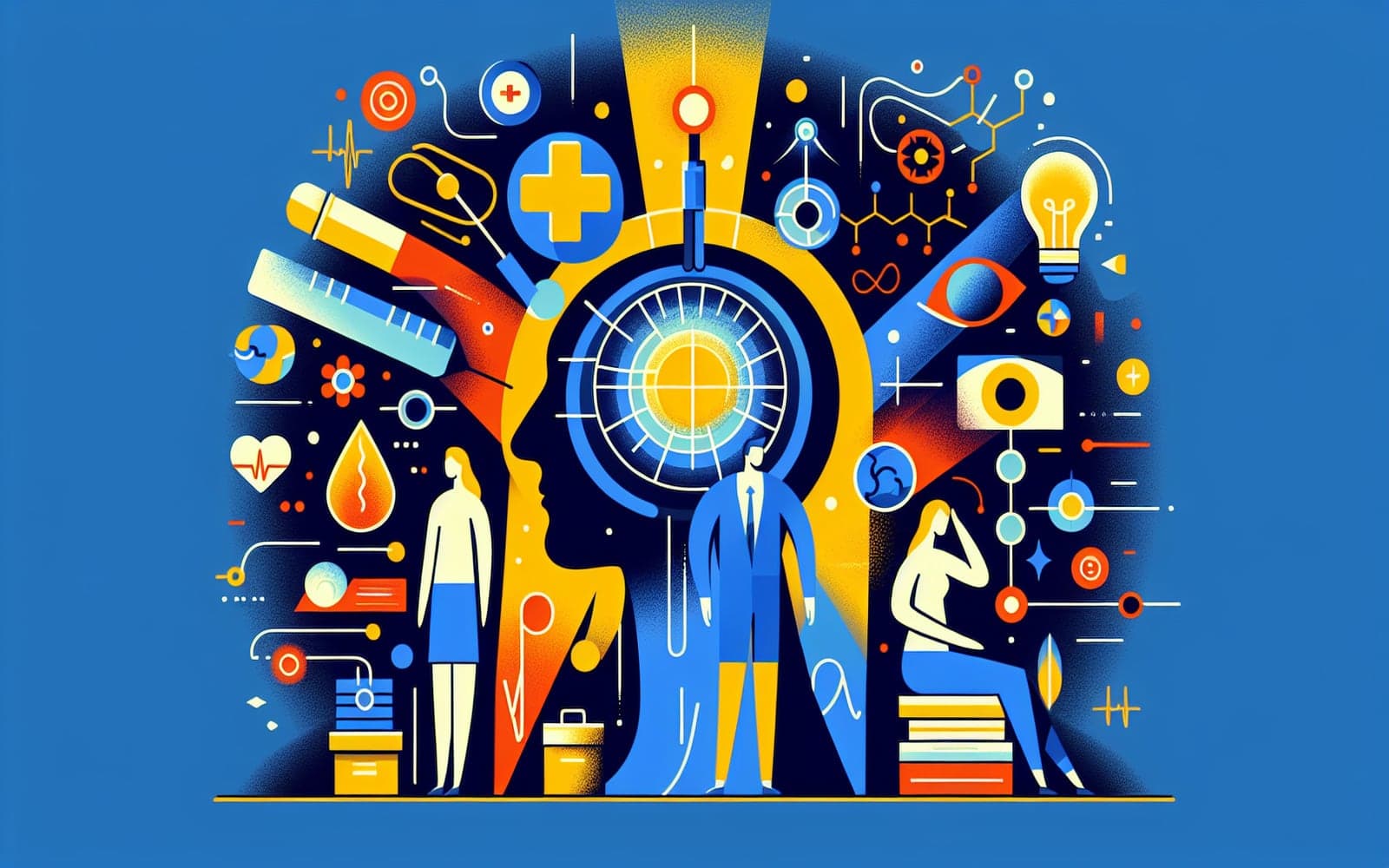Unveiling the Mystery: What Causes Migraines?
Published: Jun 30, 2024

Medically reviewed by Jerome Albert Ecker | MD, Assistant Professor of Medicine, Duke University - Durham, NC on June 30th, 2024.
Migraines are more than just headaches; they're a complex condition affecting millions. Let's explore their causes and what makes them tick.
Contents
The Brain's Electrical Storm
Migraines are linked to a phenomenon called cortical spreading depression, a wave of electrical activity in the brain. This wave is believed to be responsible for the migraine aura, those strange visual or sensory disturbances some people experience before the headache begins. As it spreads, it triggers the release of chemicals that activate the pain pathways in the brain, leading to the throbbing headache.
The Trigeminovascular System
The trigeminovascular system plays a key role in migraines, involving a network of nerves that innervate the blood vessels in the brain. Activation of these nerves leads to the release of substances such as substance P and CGRP, promoting inflammation and pain. This system explains why migraines often cause pain in the head and neck areas.

Genetic Predisposition
Genetics can significantly influence an individual's susceptibility to migraines. Studies show that migraines tend to run in families, indicating a hereditary component. Specific genes related to nerve excitability and pain pathways have been identified, although the exact mechanisms remain unclear. Understanding these genetic factors could aid in developing targeted treatments.
Frequently Asked Questions
Common triggers include stress, hormonal changes, certain foods, and sensory stimuli.
Yes, migraines often run in families, suggesting a genetic component.
It's a wave of electrical activity in the brain linked to migraine auras.
Inflammation in the brain's blood vessels can intensify migraine pain.
Key Takeaways
Understanding the causes of migraines can lead to better management strategies.
Curious about migraine triggers? Chat with Doctronic to learn more!Related Articles
References
Cutrer FM. Pathophysiology of migraine. Semin Neurol 2006; 26:171.
Ashina M. Migraine. N Engl J Med 2020; 383:1866.
This article has been reviewed for accuracy by one of the licensed medical doctors working for Doctronic. Always discuss health information with your healthcare provider.

